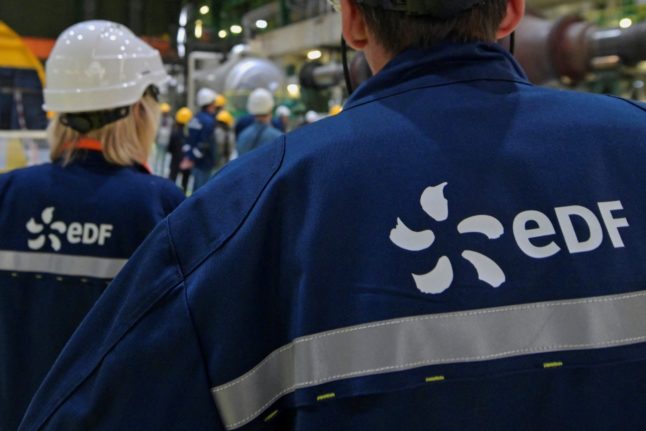Today, just under 3 gigawatts are generated in the Baltic Sea, about half of which is Danish energy. An additional 1,100 to 1,700 offshore wind turbines will be needed to bring the total energy capacity to nearly 20 gigawatts in 2030.
A joint agreement to reach these levels in coming years is to be announced by participating countries on Tuesday, according to newspaper Politiken.
The newspaper reports a draft declaration it has seen in relation to the agreement, which will be presented at a summit at the Danish prime minister’s residence, Marienborg, north of Copenhagen on Tuesday.
READ ALSO: Denmark keen to join with Baltic countries on wind energy
Should the amount of additional energy reported by Politiken be produced, as many as 22 to 30 million households could see their energy needs covered by wind power.
Prime Minister Mette Frederiksen talked up the importance of wind power in comments to Politiken.
“The war in Ukraine and climate change are being met with now. We have two crises on the table at the same time. We need to speed up green energy conversion and we need to free ourselves from Russian fossil fuels,” she said.
Frederiksen is participating in the summit on behalf of Denmark. Senior officials and leaders and from Germany, Poland, Sweden, Finland, Estonia, Lithuania, Latvia and the EU Commission will also attend.
The summit was earlier scheduled to take place on Denmark’s Baltic island Bornholm but was moved due to a strike at Bornholm’s airport, which was not resolved until late on Monday.
A total of 2.8 gigawatts of wind power are currently produced in the Baltic Sea according to the Danish energy ministry.
Potentially, that could be increased to 93 gigawatts by 2050, an EU Commission assessment has found.
Earlier this year, Frederiksen hosted a green energy summit in western Danish city Esbjerg, at which the government signed an agreement with Belgium, the Netherlands and Germany for a ten-fold increase of offshore wind power capacity in the North Sea to 150 gigawatts by 2050.
On Monday, the Danish parliament voted through plans to increase production wind energy at a wind turbine park off Bornholm from 2 to 3 gigawatts. The facility will be connected to Germany.



 Please whitelist us to continue reading.
Please whitelist us to continue reading.
Member comments